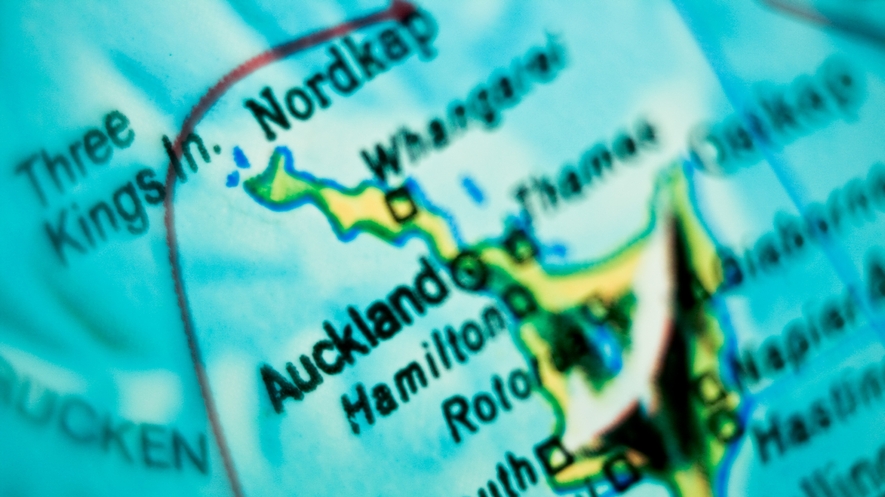The total amount of marine fish caught in New Zealand waters between 1950 and 2010 is 2.7 times more than official statistics suggest, according to the best estimate to date. Unreported commercial catch and discarded fish account for most of the difference.
Fish of little or no perceived economic value have been routinely dumped at sea and not reported. Bycatch - fish caught along with the target species - is common and unavoidable. They’re routinely dumped if unmarketable, under the minimum legal size, or if the fisher has no quota.
An extended estimate for 1950-2013 reveals 24.7 million tons of fish went unreported, compared to the 15.3 million tons reported.
The study is part of a wider New Zealand research project aimed at informing seafood industry efforts to become as economically and environmentally sustainable as possible.
“To maintain sustainable fisheries and seafood businesses themselves, you need to know how much fish is being caught,” said lead researcher Dr Glenn Simmons, from the New Zealand Asia Institute at the University of Auckland Business School.
“There was already strong evidence that we didn’t know that, because the official statistics are incomplete. Unreported catches and dumping not only undermine the sustainability of fisheries, but result in suboptimal use of fishery resources and economic waste of valuable protein,” he said.
The study is part of an international collaboration between 400 researchers that sought to fill the gaps left by official catch data. This landmark, 15-year “Sea Around Us” project is run out of the Institute for the Oceans and Fisheries, University of British Columbia.
The global results were published in the prestigious journal Nature Communications in January. The New Zealand results have now been published by the Institute for the Oceans and Fisheries.
Catch statistics that New Zealand and other countries report to the United Nations’ Food and Agriculture Organisation (FAO) do not include illegal or otherwise unreported commercial catches and discards. They also leave out or substantially under-report fish taken by recreational and customary fishers.
The New Zealand researchers drew on an extensive body of documentation, including stock assessment reports, peer-reviewed literature, unpublished reports, and information obtained under the Official Information Act, as well as 308 confidential interviews with industry experts and personnel with first-hand knowledge of fishing and reporting practices. They combined this data with official catch data to statistically
“reconstruct” a more comprehensive, robust catch estimate. The same method was used throughout the global series of studies.
The main New Zealand findings were:
- New Zealand’s reconstructed marine catch totaled 38.1 million tons between 1950 and 2010, which is 2.7 times the 14 million tons reported to the FAO.
- Since the Quota Management System (QMS) was introduced in 1986, the total catch is conservatively estimated to be 2.1 times that reported to the FAO.
- Unreported commercial catch and discards account for the vast majority of the discrepancy
- Recreational and customary catch was 0.51 million tons, or 1.3%
- Only an estimated 42.5% of industrial catch by New Zealand flagged vessels was reported
- 42% of the industrial catch was caught by foreign-flagged vessels, which dominated the catching of hoki, squid, jack mackerels, barracuda and southern blue whiting – some of the most misreported and discarded species
The findings also reveal how the QMS, despite its intentions and international reputation, actually undermines sustainable fisheries management by inadvertently incentivising misreporting and dumping.
“A striking finding was the extent of misreporting to avoid deemed value penalties – at sea and on land,” said Dr Simmons.
“This highlights a weakness of the QMS, which relies on full and accurate reporting, yet, in practice, incentivises misreporting. Fisheries management and stock assessment officials must spend more time talking and listening to the fishers themselves, observers and compliance officers.”
The evidence shows the QMS is in need of a robust critical review, along with consideration of alternatives to ensure the latest information, processes and technology are being utilized, he said.
“Improving the transparency and reliability of fisheries data reporting is essential,” the researchers conclude in the report.
“The future sustainability and certification of fisheries will depend on how the government addresses the under-reporting problems, which have long been a cause of concern.”





